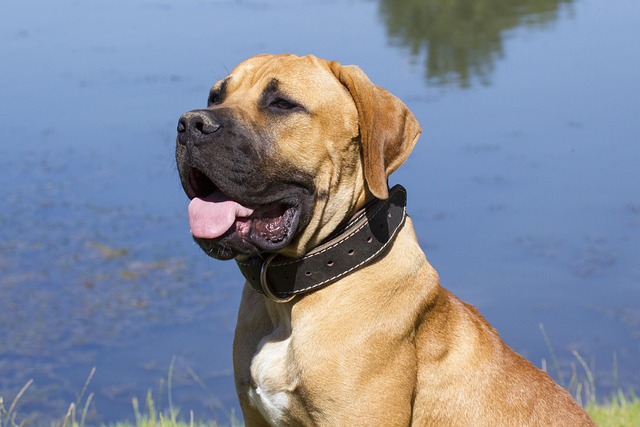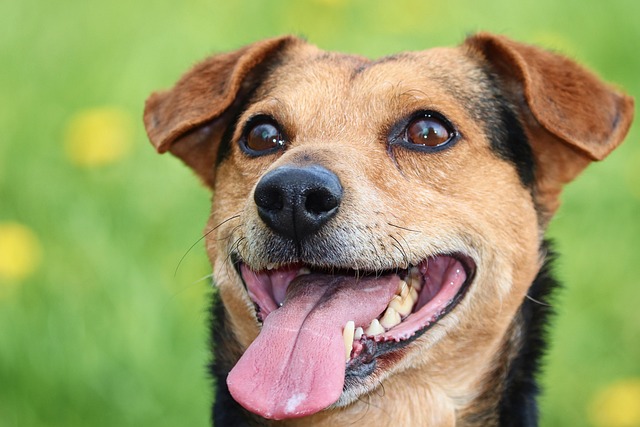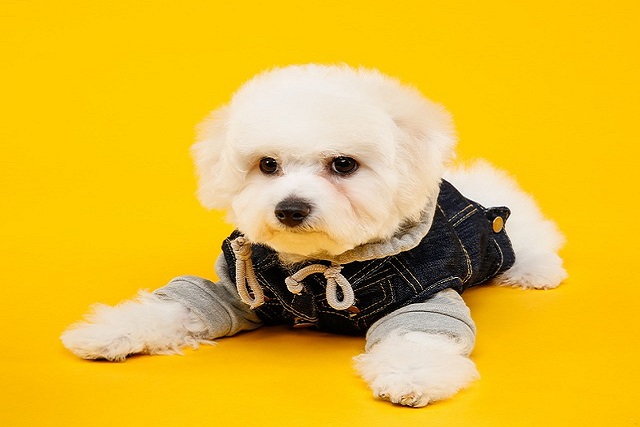
How do I start my dog on agility training?
The idea of watching your dog leap, weave, and race through an agility course is exhilarating. But before you dive in, it’s essential to understand the journey ahead,
Potty training any dog a whole new level of complexity. These dogs carry emotional scars that affect their trust and willingness to learn, and rushing the process isn’t just ineffective—it can violate local animal welfare regulations that prioritize a pet’s mental well - being. With patience and a gentle approach, you can help your furry friend overcome past traumas while staying compliant with pet care laws.
Building trust is the first crucial step. Traumatized dogs often associate new environments or handling with negative experiences. Start by spending quiet time together without any training pressure. Sit near them, speak softly, and offer treats from a distance. In many regions, pet owners are legally required to provide a stress - free environment for rehabilitation, and this initial bonding sets the foundation for successful training.
Create a consistent routine, but be flexible. Just as local animal care guidelines emphasize regular care for all pets, establish set meal times, play sessions, and bathroom breaks. However, if your dog seems hesitant or anxious, don’t force the issue. Gradually increase the time between breaks as they become more comfortable, ensuring you’re meeting both their physical needs and legal obligations to provide proper care.
 Choose a designated potty area carefully. Loud noises, crowded spaces, or places with unfamiliar smells can trigger anxiety in traumatized dogs. Opt for a quiet, secluded spot in your yard or a less - busy corner of a park, respecting any local regulations about pet waste disposal. Take your dog to this area on a loose leash, allowing them to explore at their own pace.
Choose a designated potty area carefully. Loud noises, crowded spaces, or places with unfamiliar smells can trigger anxiety in traumatized dogs. Opt for a quiet, secluded spot in your yard or a less - busy corner of a park, respecting any local regulations about pet waste disposal. Take your dog to this area on a loose leash, allowing them to explore at their own pace.
Positive reinforcement is even more critical with traumatized dogs. Instead of scolding for indoor accidents, clean up quietly and avoid any negative reactions. In many areas, punitive training methods are considered animal cruelty, and they can reinforce your dog’s fear. When your dog uses the designated potty area, celebrate with soft praise, gentle pets, and high - value treats.
If your dog is too scared to go outside, consider indoor alternatives as a temporary solution. Using pee pads in a quiet room can help them feel safe while still establishing a routine. But remember, this should be a short - term fix. In most regions, pet owners must eventually transition their dogs to appropriate outdoor or indoor - waste - management systems compliant with local sanitation laws.
Seek professional help when needed. Trainers experienced in working with traumatized animals can offer specialized techniques, and vets can rule out any underlying medical issues contributing to the problem. In many areas, consulting experts for complex behavioral problems is not only advisable but may be required under animal welfare regulations to ensure proper care.
Potty training a traumatized dog is a journey of healing. It takes time, empathy, and a deep understanding of your pet’s needs. By prioritizing their emotional health, following local pet care laws, and staying committed to the process, you’ll not only teach them good bathroom habits but also help them build a brighter, more confident future.

The idea of watching your dog leap, weave, and race through an agility course is exhilarating. But before you dive in, it’s essential to understand the journey ahead,

Deciding to bring a Yorkie into your home means embracing a tiny bundle of energy and charm, but it also raises an important question: how straightforward is potty training?

Bringing home a new puppy is an exciting adventure, but it also comes with the big question: What is the first thing you should train your puppy?

Imagine you’re at Seattle’s Green Lake Park with Luna, your energetic Shepherd mix. She spots a duck and lunges, choking herself on the collar.

Teaching a 2-year-old dog to fetch might seem challenging, but it’s a rewarding way to bond and keep your furry friend active. Fetch isn’t just a fun game—it provides mental stimulation and physical exercise, essential for a healthy dog.

You’ve read all the articles, stocked up on premium treats, and patiently clicked and rewarded your new rescue pup, Charlie.